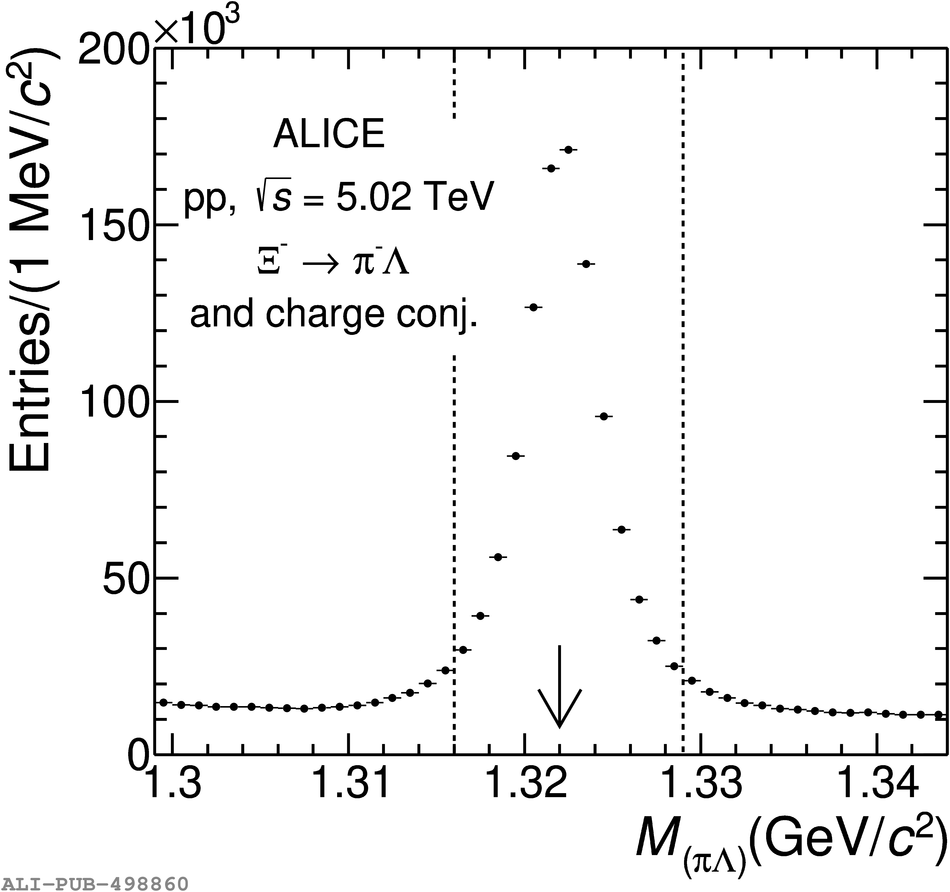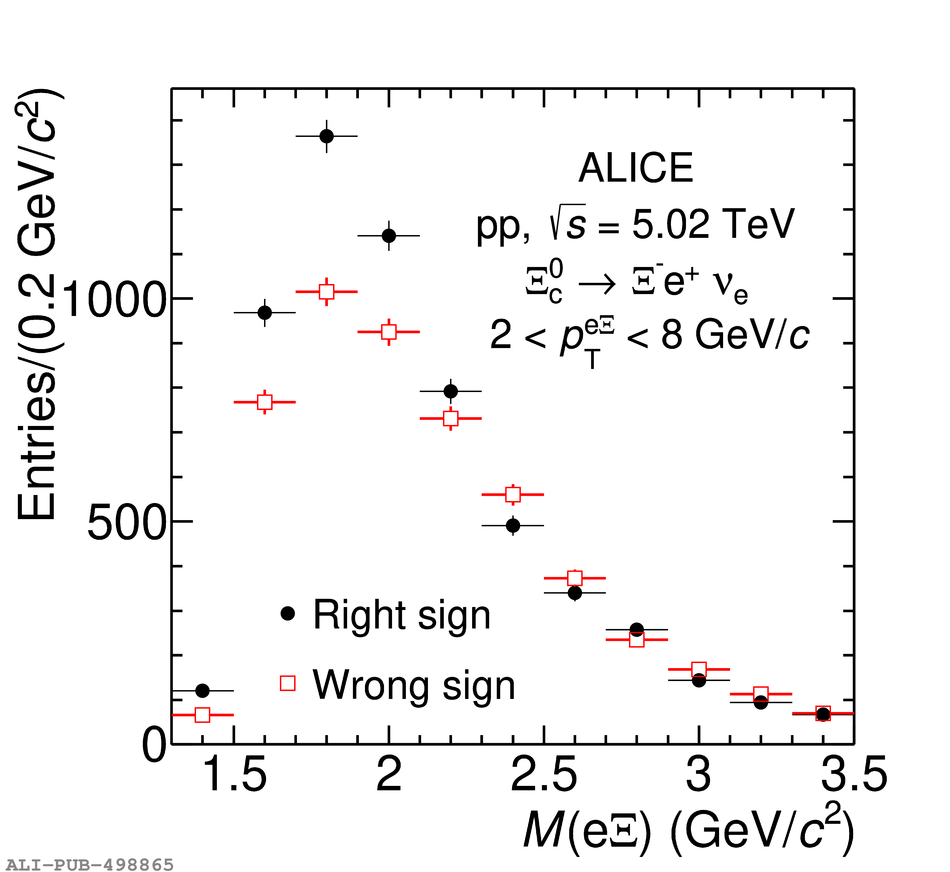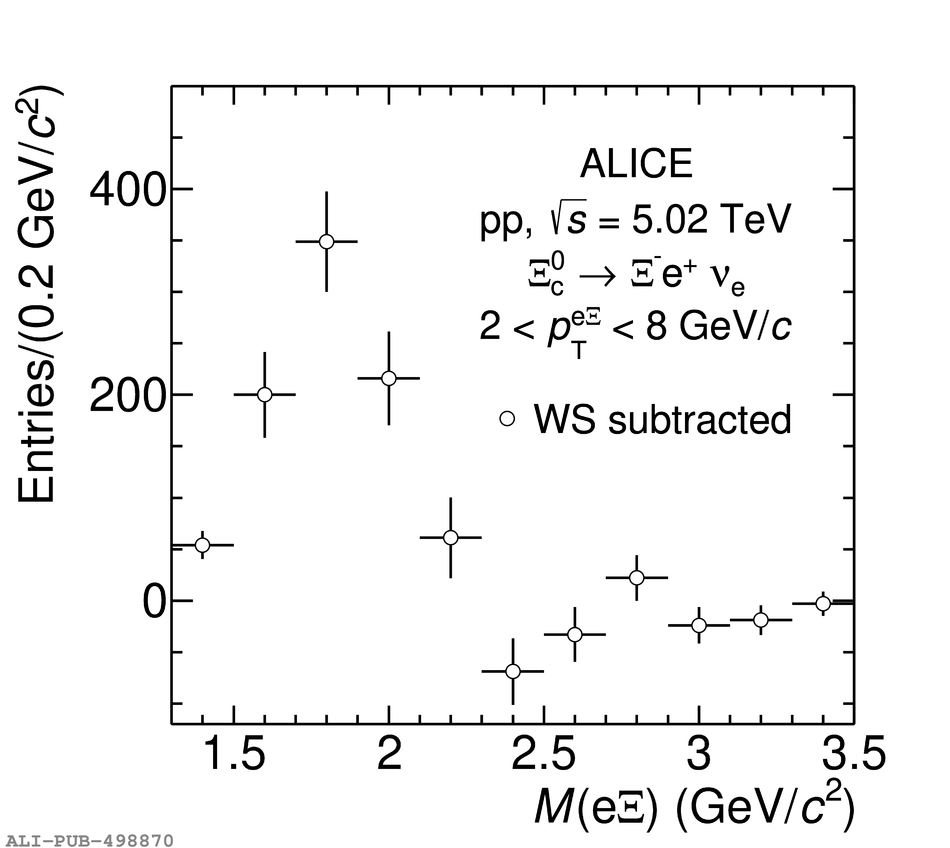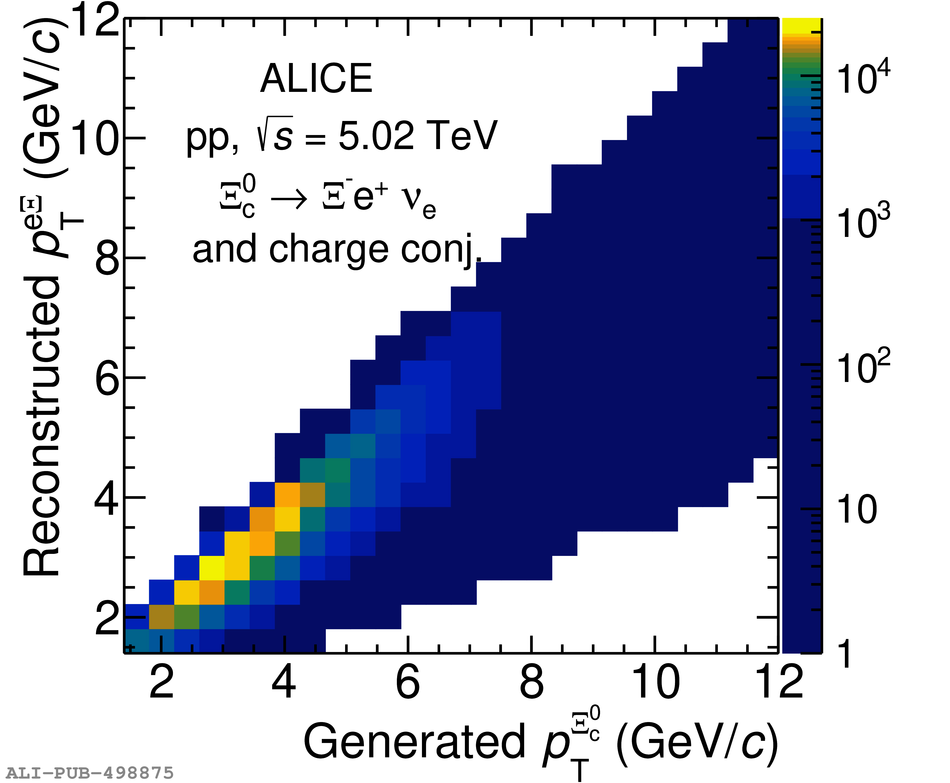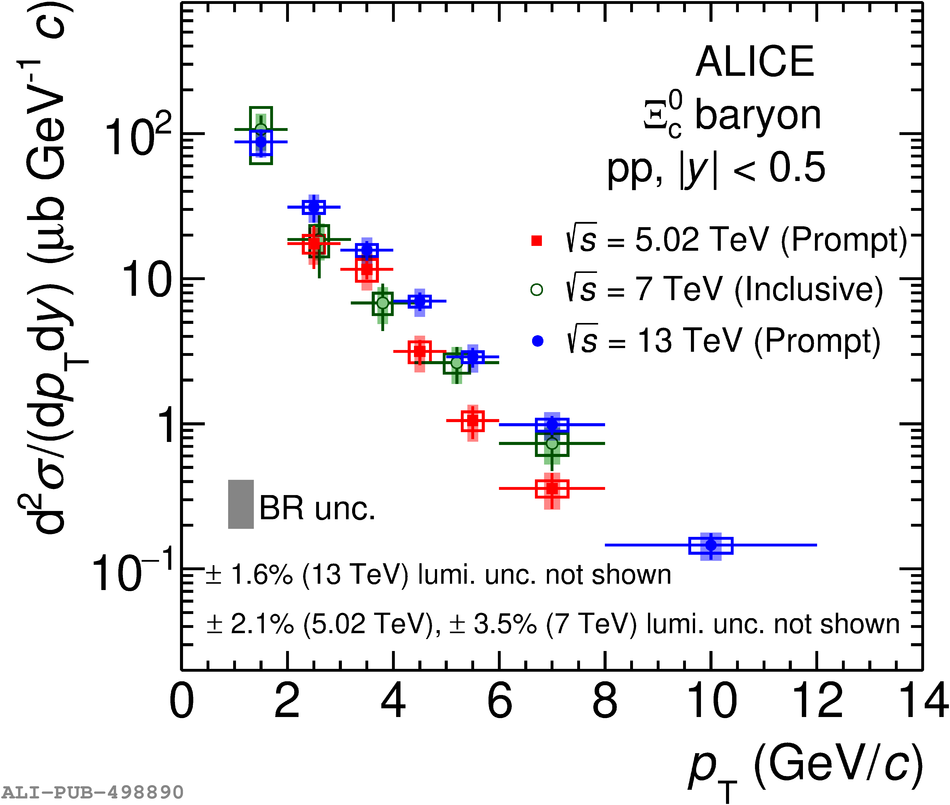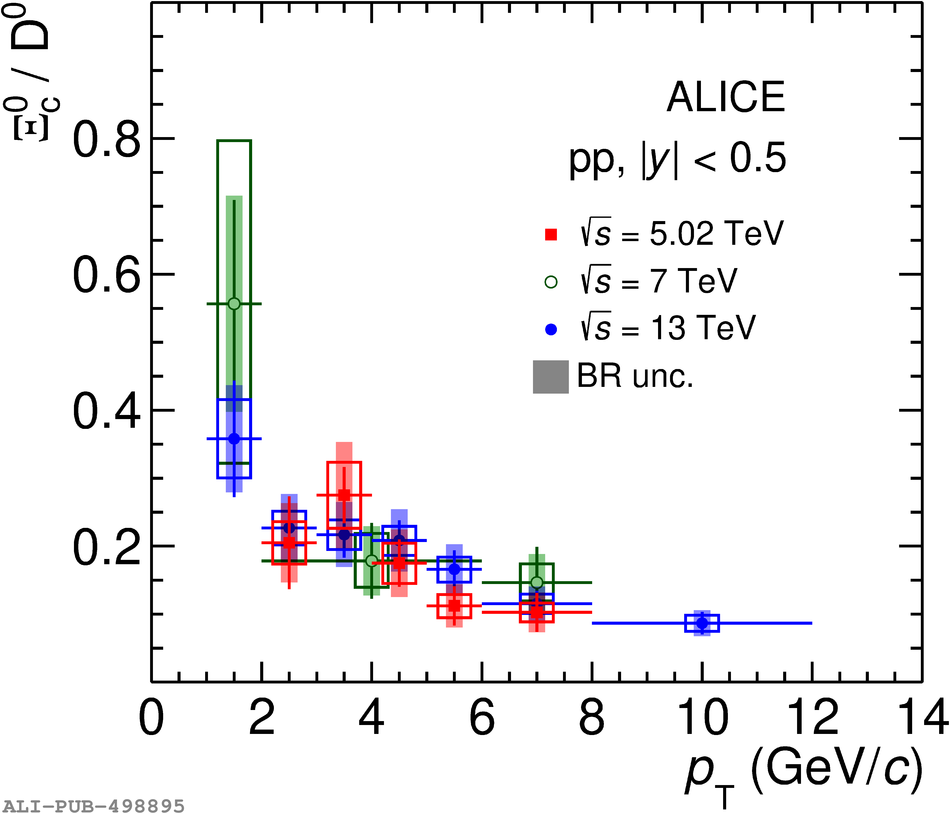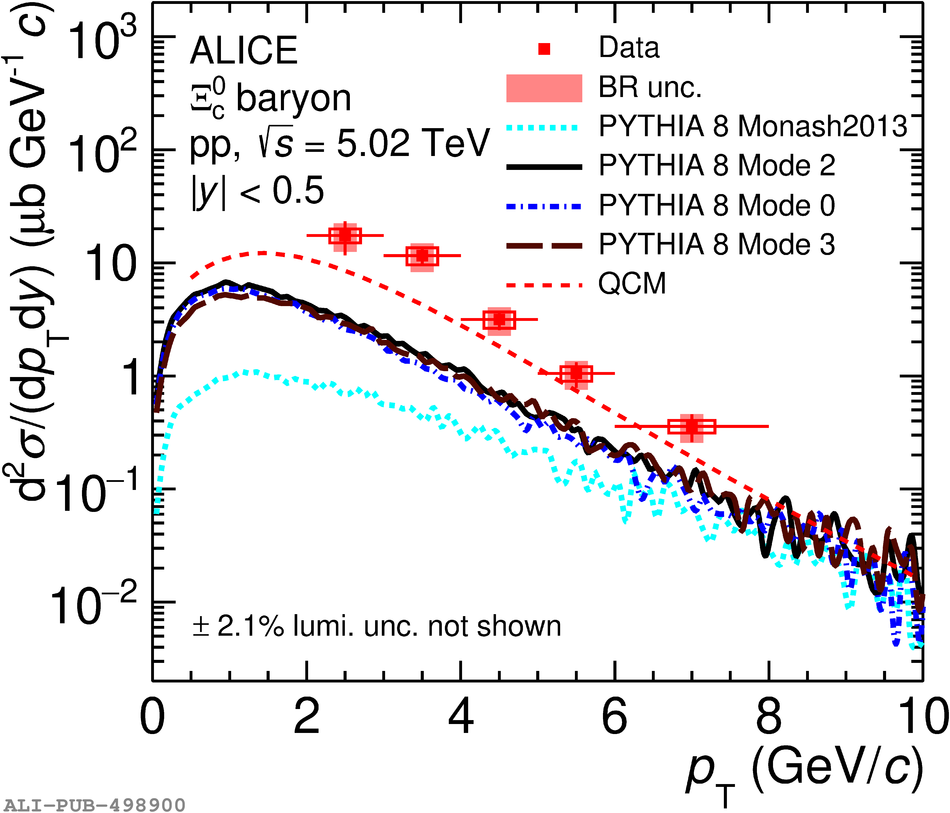The transverse momentum ($p_{\rm T}$) differential cross section of the charm-strange baryon $\Xi^0_{\rm c}$ is measured at midrapidity ($|y|<~$ 0.5) via its semileptonic decay into ${\rm e^{+}}\Xi^{-}\nu_{\rm e}$ in pp collisions at $\sqrt{s}$ = 5.02 TeV with the ALICE detector at the LHC. The ratio of the $p_{\rm T}$-differential $\Xi^0_{\rm c}$-baryon and ${\rm D^0}$-meson production cross sections is also reported. The measurements are compared with simulations with different tunes of the PYTHIA 8 event generator, with predictions from a statistical hadronisation model (SHM) with a largely augmented set of charm-baryon states beyond the current lists of the Particle Data Group, and with models including hadronisation via quark coalescence. The $p_{\rm T}$-integrated cross section of prompt $\Xi^0_{\rm c}$-baryon production at midrapidity is also reported, which is used to calculate the baryon-to-meson ratio $\Xi^0_{\rm c}/{\rm D^0} = 0.20 \pm 0.04~{\rm (stat.)} ^{+0.08}_{-0.07}~{\rm (syst.)}$. These results provide an additional indication of a modification of the charm fragmentation from $\rm e^+e^-$ and $\rm e^{-}p$ collisions to pp collisions.
JHEP 10 (2021) 159
HEP Data
e-Print: arXiv:2105.05616 | PDF | inSPIRE
CERN-EP-2021-079
Figure group


